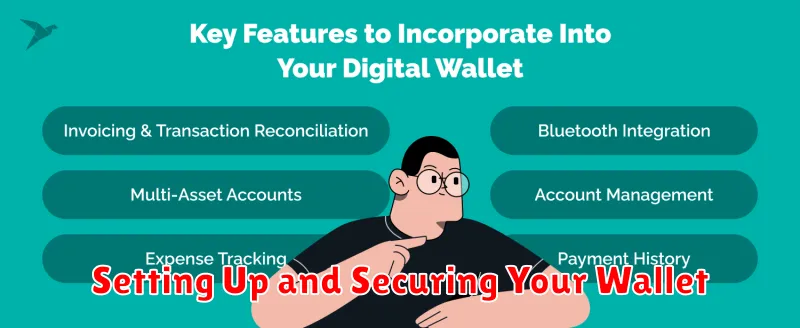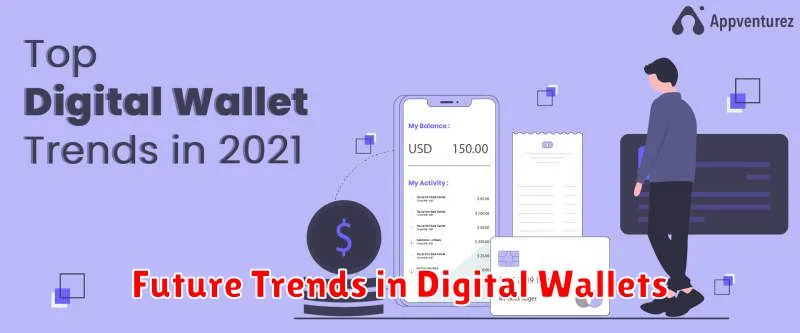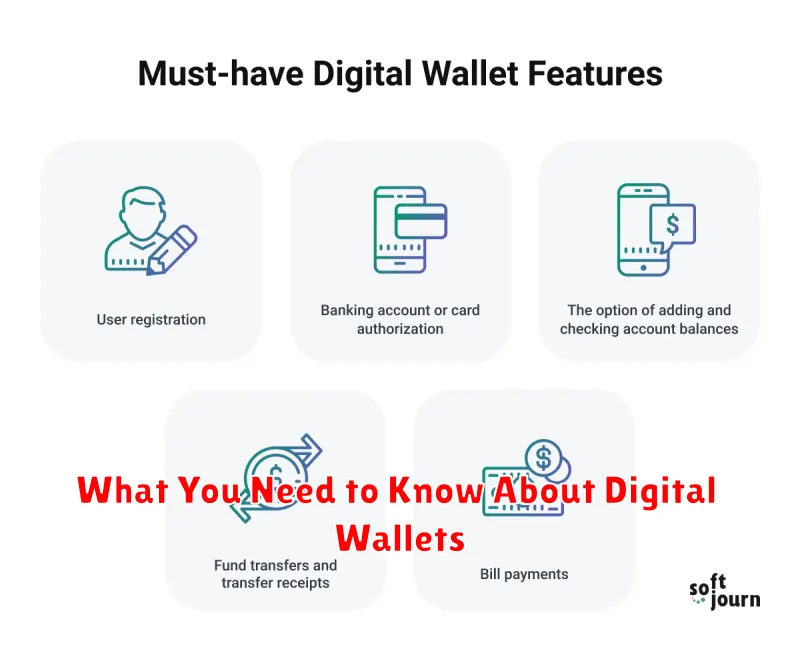In today’s rapidly evolving digital landscape, digital wallets have become an increasingly popular method for making secure and convenient transactions. Understanding what digital wallets are, how they function, and the benefits and risks associated with their use is crucial for anyone navigating the modern financial world. This article will delve into the essential information you need to know about digital wallets, covering topics such as security features, different types of digital wallets, setting up a digital wallet, and their growing role in contactless payments.
From mobile payments at your favorite coffee shop to online shopping and even storing digital identification, digital wallets offer a versatile range of functionalities. By exploring the advantages and disadvantages, and addressing common concerns surrounding security and privacy, you will be empowered to make informed decisions about whether integrating a digital wallet into your financial life is the right choice for you. This article aims to provide a comprehensive overview of the world of digital wallets, equipping you with the knowledge you need to navigate this exciting and evolving technology.
Understanding Digital Wallets
Digital wallets, also known as e-wallets, are software-based systems that securely store payment information and facilitate transactions. They offer a convenient alternative to physical cards and cash.
Key features of digital wallets typically include storing credit card details, debit card information, loyalty cards, and sometimes even digital versions of identification documents. They utilize various technologies, such as Near Field Communication (NFC) for contactless payments and QR codes for scanning.
Digital wallets offer several benefits, including enhanced security through encryption and tokenization, speed and convenience at checkout, and often integration with loyalty programs for added rewards.
Popular Digital Wallet Apps
Several digital wallet apps are available, each with its own features and benefits. Choosing the right one depends on your individual needs and preferences. Some of the most popular options include:
- Apple Pay: Pre-installed on Apple devices, this wallet offers a seamless experience for users within the Apple ecosystem.
- Google Pay: Available on both Android and iOS devices, Google Pay offers broad compatibility.
- Samsung Pay: Designed for Samsung devices, this wallet utilizes both NFC and MST technology, allowing it to work with a wider range of payment terminals.
These are just a few examples, and other popular options exist depending on your region and device. Researching the specific features and security measures of each app is crucial before making a decision.
Benefits of Using Digital Wallets
Digital wallets offer a range of advantages that make transactions more convenient and secure. One key benefit is enhanced security. Many digital wallets utilize tokenization, which replaces sensitive card details with unique tokens, protecting your information from potential breaches.
Speed and efficiency are also significant advantages. Transactions are typically faster with digital wallets, eliminating the need to physically handle cards or cash. This streamlined process is especially beneficial for contactless payments.
Furthermore, digital wallets offer greater flexibility. They can store multiple payment cards, loyalty cards, and even digital IDs, consolidating everything you need into one accessible location on your device.
Setting Up and Securing Your Wallet

Setting up a digital wallet is generally a straightforward process. You’ll need to choose a reputable provider and download their app or access their platform. You’ll then create an account, which typically involves providing an email address and creating a strong password. Some wallets may require additional verification steps.
Security is paramount with digital wallets. Enable two-factor authentication (2FA) wherever possible. This adds an extra layer of security, requiring a second verification method, such as a code sent to your phone, in addition to your password. A strong, unique password is crucial. Consider using a password manager to generate and store secure passwords.
Be wary of phishing scams and never share your private keys or seed phrase with anyone. Keep your device’s software updated to patch security vulnerabilities.
Managing Your Funds Safely
Security is paramount when dealing with digital wallets. Employ strong passwords and enable two-factor authentication wherever possible. Regularly monitor your transactions for any unauthorized activity.
Backup your wallet data frequently to prevent loss of funds due to device failure or theft. Understand the recovery process specific to your chosen wallet.
Be wary of phishing scams. Never share your private keys or seed phrases with anyone. Verify the legitimacy of any website or app before entering your wallet information.
How Digital Wallets Work
Digital wallets secure payment information and facilitate transactions without physical cards. They use near-field communication (NFC) or QR codes to transmit payment data to a point-of-sale terminal.
Adding a card is simple. Users typically enter their card details manually or scan their card. Security is paramount. Digital wallets encrypt payment information and often require authentication, such as a PIN, password, or biometric scan, for each transaction.
When making a purchase, users hold their device near the terminal or scan a QR code. The digital wallet transmits the necessary payment information securely to complete the transaction.
Fees and Charges Involved
Understanding the potential fees associated with digital wallets is crucial. While many transactions are free, certain actions may incur charges. Transaction fees may apply to sending money to individuals or businesses, particularly for cross-border transfers or when using specific payment methods.
Withdrawal fees might be levied when transferring funds from your digital wallet to your bank account. Additionally, some wallets charge inactivity fees if the account remains dormant for an extended period. Currency conversion fees can be applied when making transactions in a different currency than your wallet’s base currency.
It’s essential to review the fee schedule of your chosen digital wallet provider to avoid unexpected costs.
International Transactions
Digital wallets can simplify international transactions by removing the need for traditional currency exchange. Some wallets allow you to hold and transact in multiple currencies directly within the app.
Be aware of fees. While some digital wallets offer competitive exchange rates, others may charge transaction fees or markups on the exchange rate. Carefully review the fee structure before using your digital wallet for international purchases.
Certain digital wallets may also offer features like real-time currency conversion, allowing you to see the exact amount you’ll be charged in your local currency. This transparency can help you avoid unexpected costs.
Integration with Other Banking Services
A key advantage of digital wallets is their increasing integration with other banking services. This interconnectivity streamlines financial management and expands the functionality of the wallet beyond simple payments.
Many digital wallets now offer features like:
- Balance checks for linked bank accounts.
- Fund transfers between accounts and to other users.
- Bill payment directly from the wallet.
- Investment management tools and access.
This integration offers users a centralized platform to manage various aspects of their finances, making it easier to track spending, pay bills, and invest, all within a single application.
Future Trends in Digital Wallets

The future of digital wallets promises exciting advancements. Biometric authentication, such as facial recognition and fingerprint scanning, will enhance security and streamline transactions.
Integration with other technologies is another key trend. We can expect to see more seamless connections with wearable devices, Internet of Things (IoT) platforms, and perhaps even smart home systems.
Cryptocurrency integration is also anticipated to grow, allowing users to store and manage digital assets directly within their wallets.
Finally, enhanced personalization and AI-driven features will offer users customized financial management tools and spending insights.

